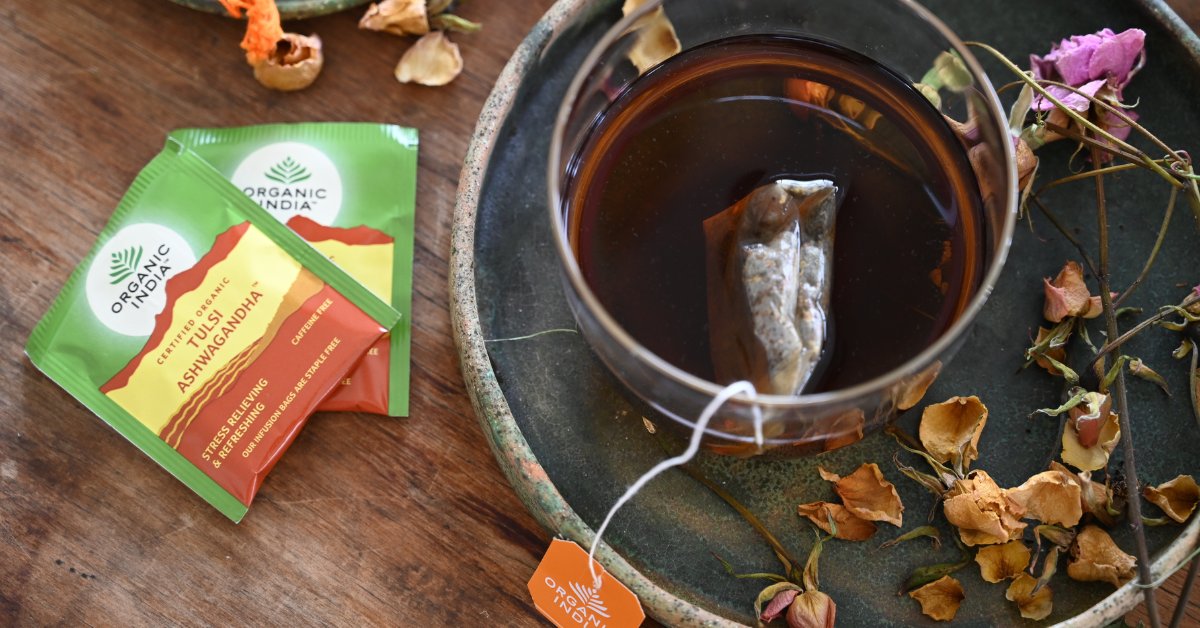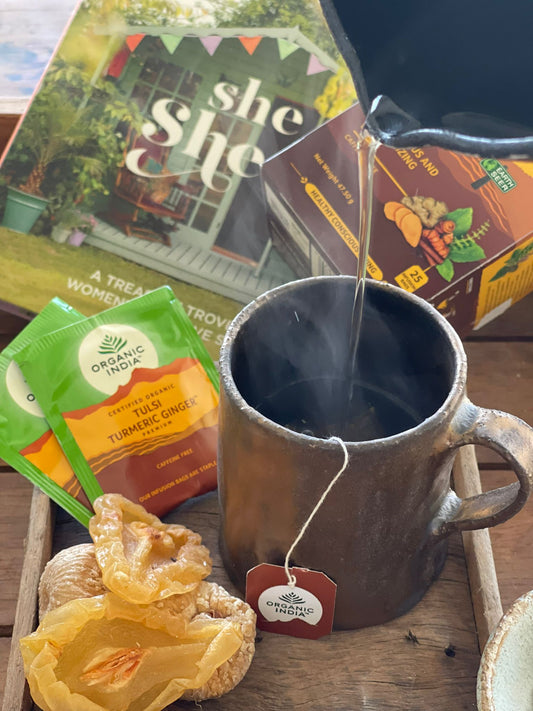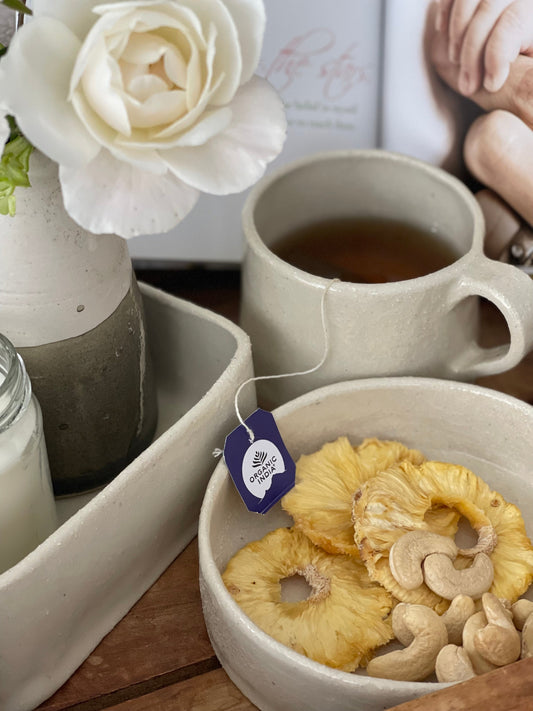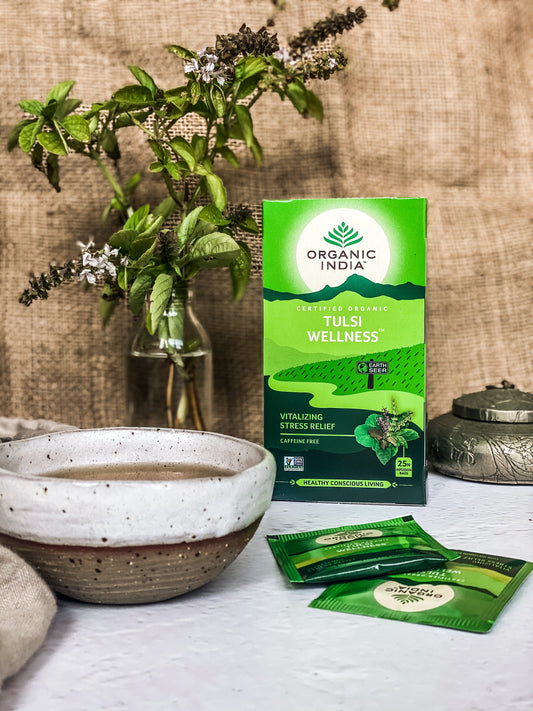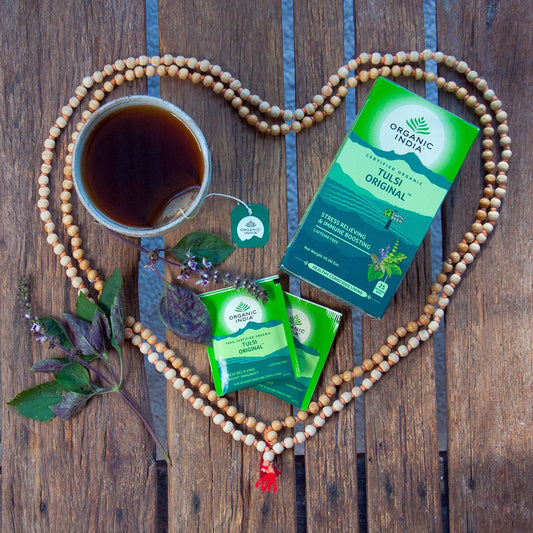If you are a newbie to yoga, you’ll find studios offering many different types of classes with strange sounding names. Ashtanga, Hatha, Vinyasa, Yin… but which one is the one for you?
While some styles of yoga focus primarily on meditation and breath work, others will allow you to work up a good sweat, so choosing a class or a style of yoga that would suit you first depends on what your intention is. Are you aiming to build strength through yoga? are you looking to practise yoga as a complement to running? Or are you looking for something a little more spiritual?
Here’s a cheat sheet with the main styles of yoga today that will help you choose the right class to attend.
Ashtanga
Ashtanga is a rigorous and physically-demanding practice that was brought to the West by K. Pattabhi Jois in the 1970s. There are six series in total – primary series, secondary series and so on – each requiring more strength, flexibility and endurance than the last.
Each series follows a fixed sequence of asanas performed over 90 minutes, so expect to do exactly the same poses each time you practice. As you flow through the sequence, every movement is linked to a breath, making this a Vinyasa style practice.
Studios will either offer guided classes, where a teacher will call out the names of the poses and lead you through the sequence, or Mysore style classes where you perform the series at your own pace with a teacher walking around assisting as well as assessing your progress.
Try this style if you’re looking for an orderly way to practice. By doing the same poses every time, it’ll be easier to gauge your progress and see development in your body and practice.

Bikram
Bikram yoga is known for its hot, hot, hot rooms. The series of 26 poses, each done twice, is performed in a room heated to 105°F (40.6°C), with a humidity of 40%, so come armed with a towel and big bottle of water to rehydrate.
Just like Ashtanga, the 90-minute, copyrighted Bikram sequence is exactly the same in every Bikram class and studio, although it is different from the Ashtanga sequence.
The rooms are heated to mimic the climate of founder Bikram Choudhury’s hometown in Northern India. Practising in such heat allows your muscles to loosen, increasing your flexibility and hence your ability to move more deeply into each pose.
Try this style if you’re a heat junkie, want to increase your flexibility and want both a physical and mental challenge. Although this style is relatively beginner-friendly, the heat can be challenging, so remember to take a break when you need it!

Hatha
Hatha yoga is a generic category that includes any style of yoga combining physical postures and breathing exercises to create balance and flexibility in the body. Hatha classes usually involves static poses, which means poses are held longer and the pace of the class is slower.
As the term Hatha is used so broadly these days, it can be tough to know what to expect in each class, so our suggestion is to give the studio a call to ask.
Try this style if you’re looking for a gentle introduction to basic postures. As the class is at a slower pace than Ashtanga or Vinyasa classes, you’ll be more able to pick up on the teacher’s instructions and alignment cues.

Iyengar
This style of yoga is all about finding proper alignment in each pose. A wide range of props such as chairs, blocks, bolsters and straps are used to help you move into poses safely as well as to accommodate the differences in each body, whether due to structure or injury.
Unlike other styles like Ashtanga and Vinyasa, Iyengar classes are conducted at a much slower pace, but don’t be fooled – this doesn’t mean it’s easy at all. Slowing it down also means longer holds, and if that doesn’t present you with a challenge, learning to stay still in each pose definitely will.
Try this style if you’re obsessive about alignment and you don’t mind a slow practice. Iyengar can also be extremely helpful if you’re suffering from an injury or a chronic condition.

Kundalini
Kundalini yoga is very different from most other classes you’d find out there. The focus is less on the physical postures and more on the movement of energy in your body through chanting, meditation and repetitive, dynamic breathing exercises.
With free-flowing, invigorating poses, the practice aims to release the kundalini (serpent) energy at the base of your spine and move it upwards through the body’s seven chakras, enabling you to experience awakening and increase your consciousness.
Try this style if you’re looking for a more spiritual practice.

Restorative
Probably the most relaxing style of yoga there is, Restorative yoga is a gentle, slow-moving practice where you hold passive poses for up to 20 minutes.
The body is supported with strategically-placed props like blankets and bolsters so the body can experience the benefits of poses without having to exert any energy. This style offers both your body and mind a chance to slow down, leaving you feeling deeply rested.
Try this style if you find it hard to relax and let go, or if you struggle with anxiety and insomnia.

Vinyasa
Adapted from the traditional Ashtanga system, Vinyasa is a vigorous, movement-intensive practice. The difference, however, is the freedom to get creative with the sequence in a Vinyasa class – no two Vinyasa classes are the same, and every Vinyasa teacher will have a slightly different style of conducting the class.
Sometimes referred to as “flow”, you’ll move through poses in a fluid manner, synchronising your breath and movement. Each pose is generally held for no more than three breaths, so expect to move fast and work up a sweat!
A typical Vinyasa class will include a range of standing, seated and supine poses to develop whole body strength and flexibility. Some teachers may even throw in inversions, where you’re basically upside down. Don’t let this throw you off though – most teachers offer variations if you prefer an easier option.
Due to the fast pace of the class, it is easy to feel lost if you aren’t familiar with the names of pose. I thus recommended that you have some basic yoga knowledge before attending a Vinyasa class.
Try this style if you want to get your heart rate up and you like something different in every class.

Yin
Yin Yoga is another type of quiet, meditative practice. It aims to apply stress to your connective tissues – ligaments, tendons and fascia – in order to restore length and elasticity as well as improve circulation in the joints.
Many people mistakenly think Yin Yoga is relaxing and easy, but as poses are held for up to five minutes, it can be both physically and mentally challenging, especially since staying as still as possible is one of the goals of the practice. You might find yourself feeling bored or even frustrated at first, but this is also a great way to practice patience!
Try this style if you’re looking to improve flexibility or a complement to your Yang activities such as running or Vinyasa yoga.

What Should You Bring to Your Yoga Class?
Yoga Mat
While some studios provide mats for members’ use, we recommend bringing your own mat, especially in the post-covid era. Choose a good quality mat from reputable brands like Liforme, Manduka and Lululemon, which stock mats of different thickness, suiting every preference.
Towel
Again, some studios provide towels for a dollar or two, but if it isn’t too much of a hassle, bring your own and save the cash! A towel is a necessity in hot classes where you’re likely to sweat, but even in gentler classes like Restorative or Yin, your towel can be used as a blanket during Savasana, aka Corpse Pose – everyone’s favourite way to end each class.
A Drink of Tea or Water
With the exception of some strict Ashtanga classes which disallow the drinking of water during the session, we suggest you take your drink bottle with you to class and keep hydrated throughout. A nice way to do this is to bring a flavoured tea to entice you to hydrate – I mean, let’s be honest, water gets a bit boring from time to time.
Our personal favourite for a yoga practice is our Tulsi Tumeric Ginger Tea for its detoxifying properties, or Tulsi Pomegranate Green Tea for when our taste buds are craving something fruitier.
